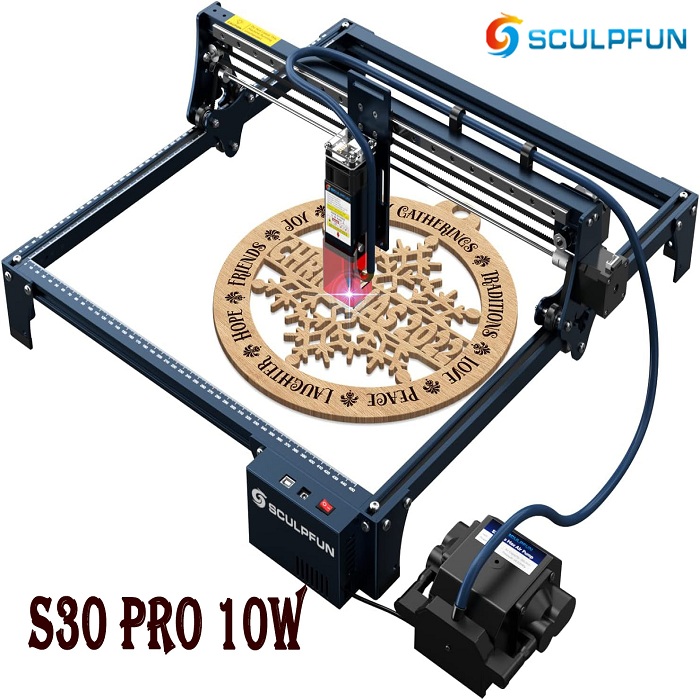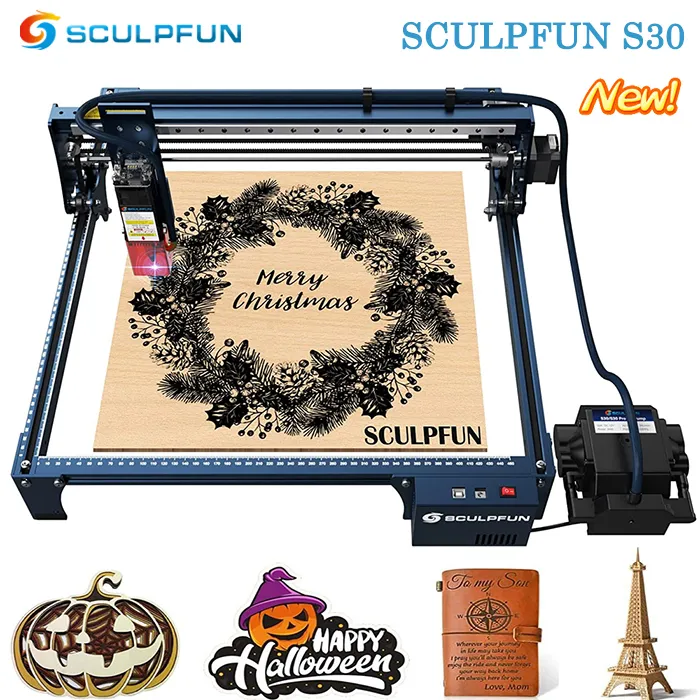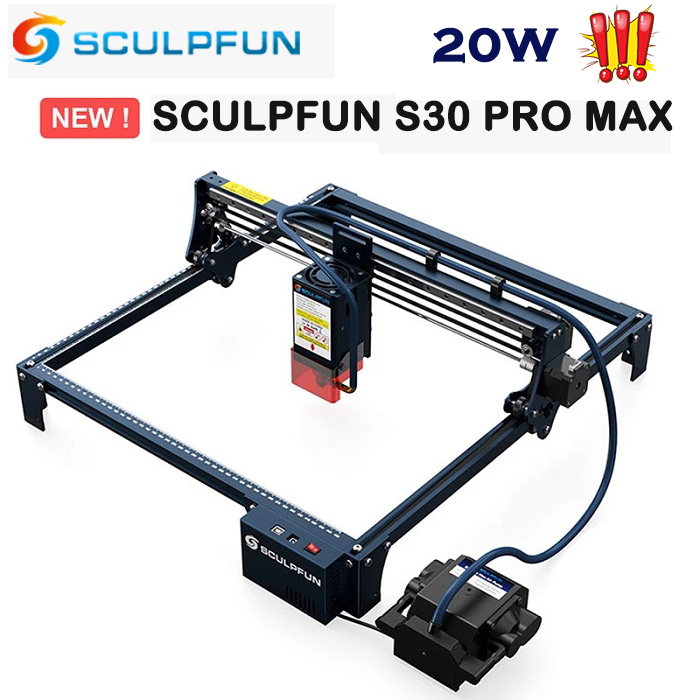What you need to know about laser engraving on Wood
There are several reasons why wood is one of the materials that are most frequently utilized with laser cutters and engravers. It has reasonably priced alternatives and looks great when used with both desktop and industrial laser cutters, compared to other materials. The best part is that it is simple to locate at your neighborhood hardware shop, where you can get it customized for laser engraving on wood.
Wood Types
- Natural Wood (unprocessed with chemicals)
- Softwood
- Birch (easy to find, readily available)
- Pine (great choice for laser cutting)
- Cedar (soft, straight grain, pleasant smell)
- Fur (inexpensive but dull look. Best when painted)
- Redwood (reddish tint, resistant to moisture)
- Hardwood
- Ash (hard to find, finishes well)
- Birch (readily available)
- Cherry (popular for furniture)
- Mahogany (works great with lasers, hard to find)
- Oak (beautiful grain, easy to work with)
- Walnut (works well with laser, expensive and rare)
- Cork (naturally buoyant, elastic and fire resistant)
- Balsa (very lightweight, inexpensive, great for laser cutting)
- Bamboo (technically not wood, but widely used in cutting boards which are great for engraving but difficult to cut with good results

Woods Not Recommended For Laser Engraving or Cutting
- Fiberboard: Fiberboard is formed of bonded wood fibers, which can hinder the laser and provide poor results as well as toxic emissions.
- Exotic Hardwoods: Extremely thick hardwoods can be difficult to cut and create variable engraving results. This includes hardwood maple.
- Mexican Elder, Oleander: Cutting and engraving produce toxic odors.
Check out the laser engraver on HTPOW for further information on other materials to avoid while using your laser cutter. Someone has most certainly tried the sort of wood you are interested in, as well as given you tips and methods for getting the greatest results with that type of wood.
Laser Engraving on Wood: Applications
- General Approach: Begin with high-quality wood that is flat and free of knots and flaws. If you're cutting or engraving plywood, look for flat, non-warped sheets. Because of the density of the multiple layers as well as the glue used to keep those layers together, sheets of plywood may provide varying outcomes.
- Edge Burn: Edge burn occurs naturally as the laser vaporizes the wood, leaving a darkening on the edges. Although edge burn cannot be completely prevented, drier timbers with less resin and oil will generate less edge burn.
- Thickness: In general, a 20W laser engravers like atomstack s20 pro can cut up to 25mm thick wood. Multiple passes can be used to cut through larger sheets, although
the results will vary and there may be an excess of charring. It is advised that you experiment with different settings on your laser wood-cutting equipment to get a clean cut in a single pass. - Density: The hardness of wood varies, which affects your power and speed settings.
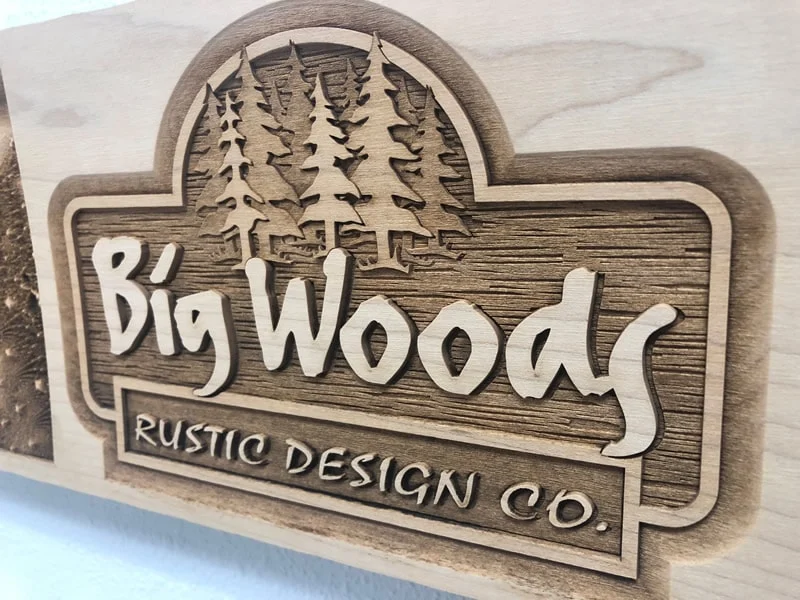
Wood Finishing Tips
- Cleaning: There will be a sooty residue on the edges after vector cutting. Gently wipe away any excess soot with a cloth. A cloth may wipe off necessary contrast when laser engraving on wood, so wash with a gentle flow of room temperature water and air dry.
- Preserving: A decent finish will keep your object in good condition and safeguard it. When applying finishing chemicals, keep safety in mind.
- Enhancing: Stains, like any other wood product, may be used to improve the natural beauty of wood. You may also use paint to enhance color or hide flaws in the wood, such as knots. Just remember to use your stain after you've finished laser engraving or laser cutting wood, as most stains are oil-based and can catch fire.
Laser Engraving on Wood: Settings
Your laser power, speed, and other parameters will vary based on factors such as thickness and the type of wood you are cutting or engraving. Even the wattage of your laser and the surrounding surroundings might have an impact on settings. As a result, rather than providing arbitrary values, we recommend doing a materials test on a scrap piece of wood or an unused portion of your project material. Our Material Test and Log Book are available for download on our website.
Summary
Because of its flexibility and availability, you'll most likely spend a significant amount of time working with various types of wood using CO2 laser cutters and engravers. This guide should help you understand what you should and should not do while laser engraving on wood. Your safety is critical, therefore always take measures, never leave the laser unattended when in operation, and have a fire extinguisher nearby.
However, the best method to understand what works best when laser engraving on wood is to get started and don't be scared to make errors. Always keep extra materials on hand, and don't be afraid to try new things. On your route to becoming a laser specialist, trial and error will be your greatest bet.
Full Spectrum Laser is a market leader in laser engraving and cutting equipment. Our systems range in size from desktop computers to high-volume machines to industrial-grade manufacturing machinery. Our devices are in use all over the world, from elementary schools to National Laboratories, garage startups, and even Fortune 500 corporations. To learn more, please contact us immediately.
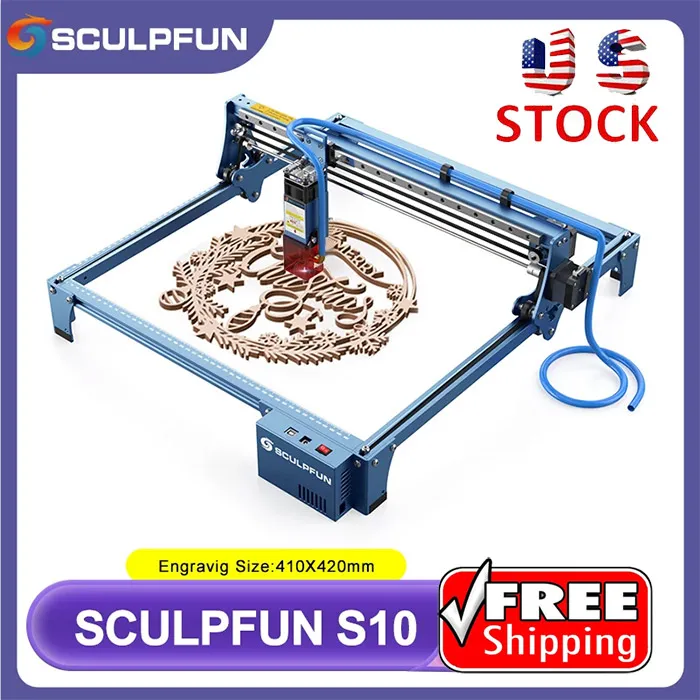
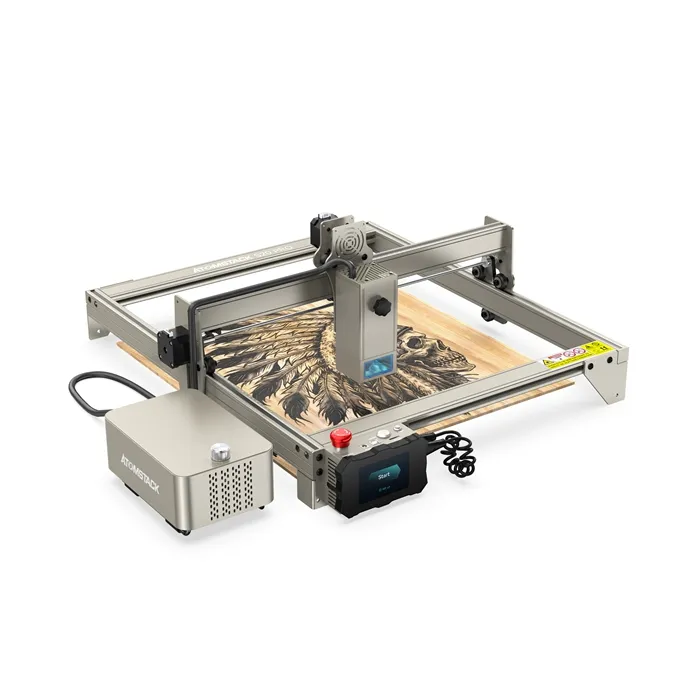
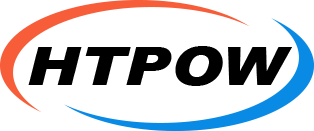
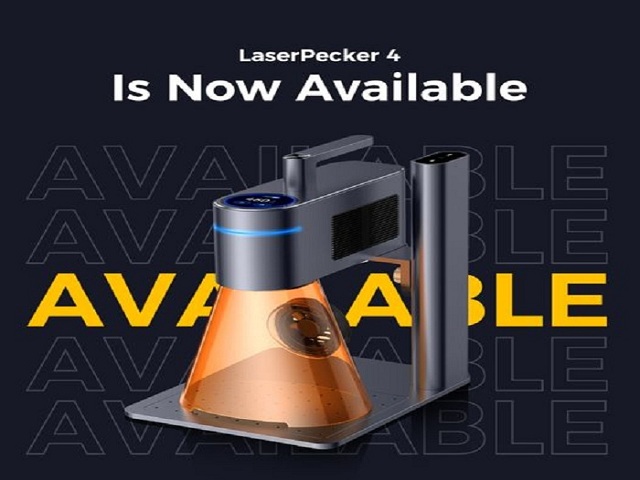
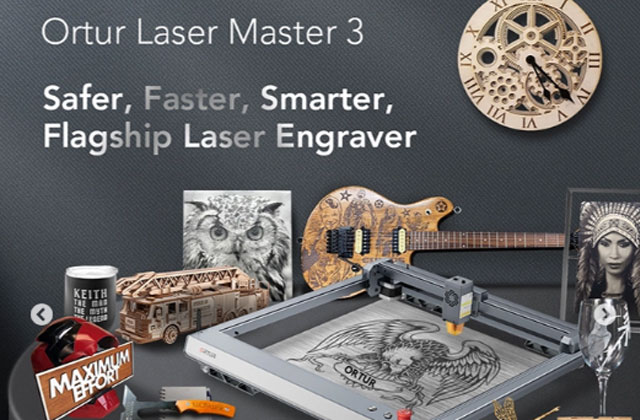
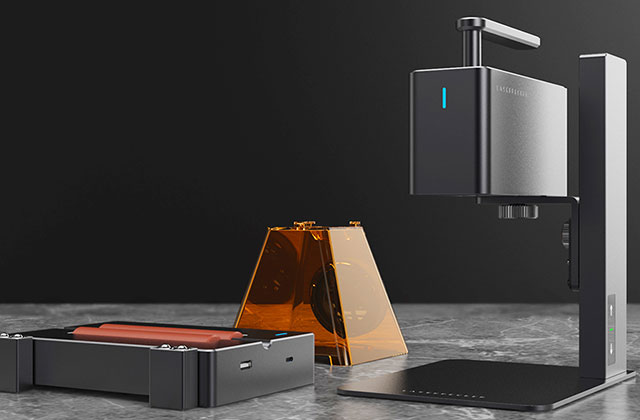
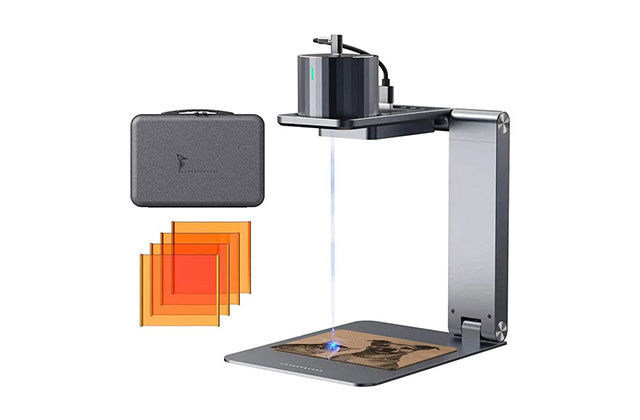

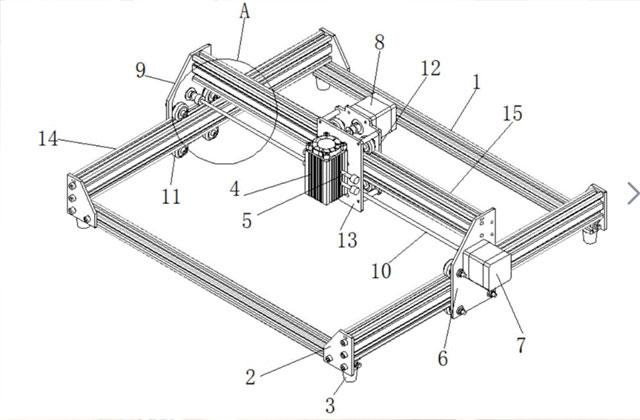
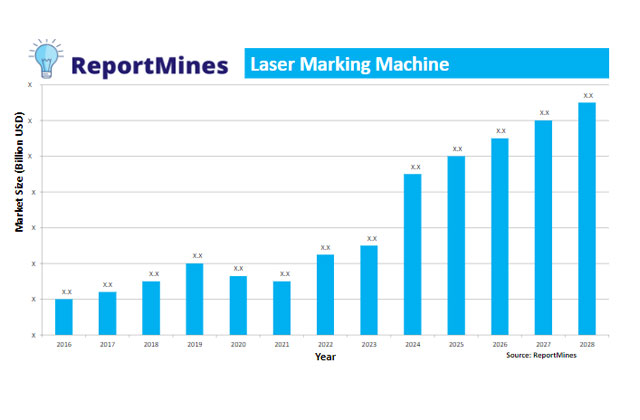
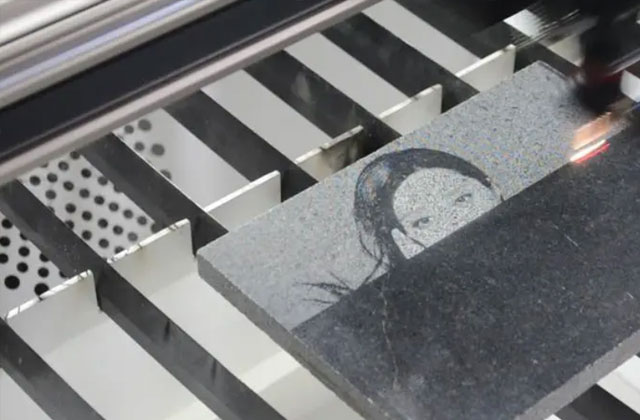
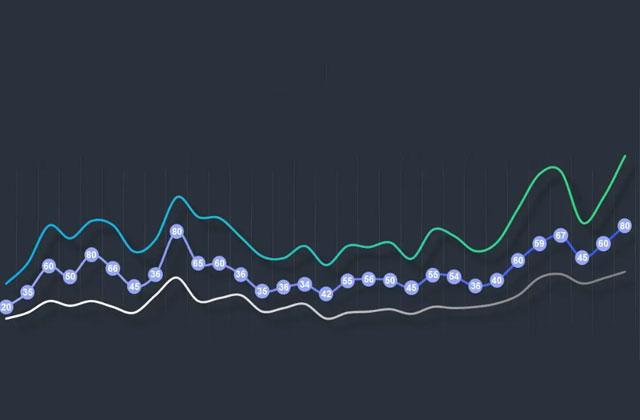

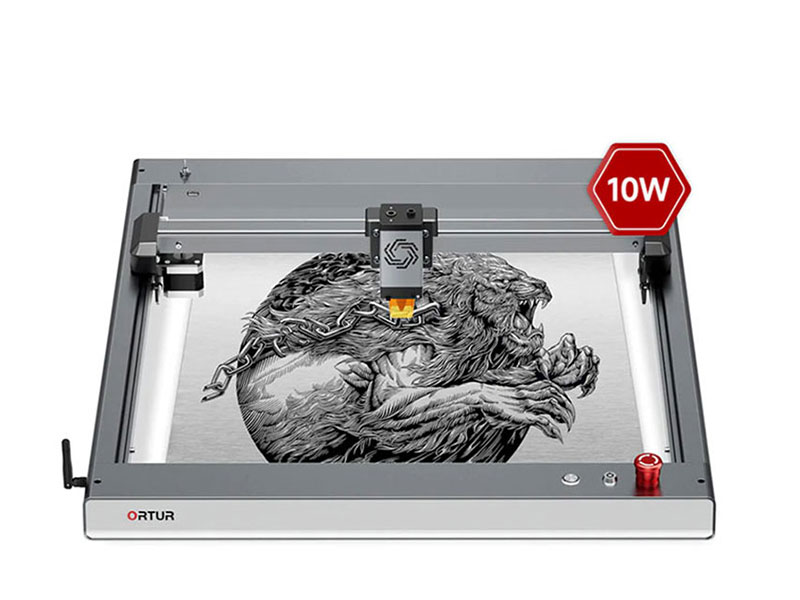

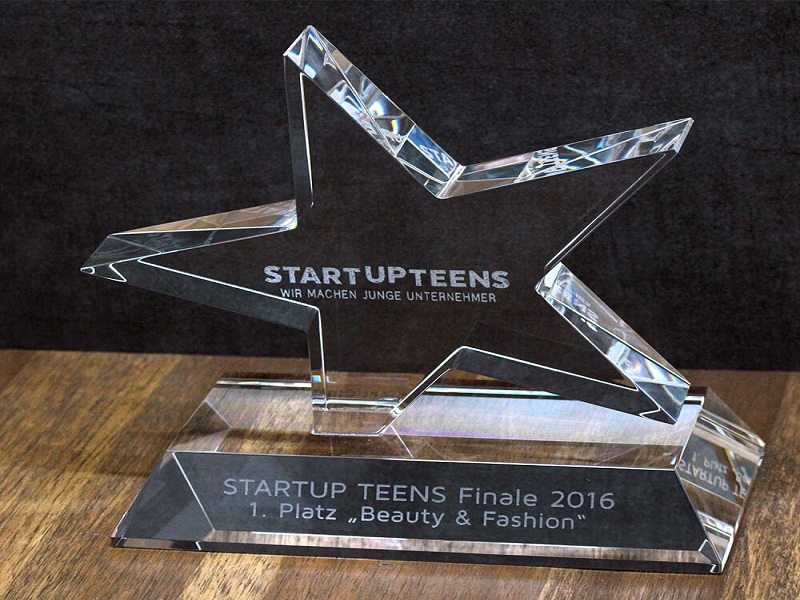
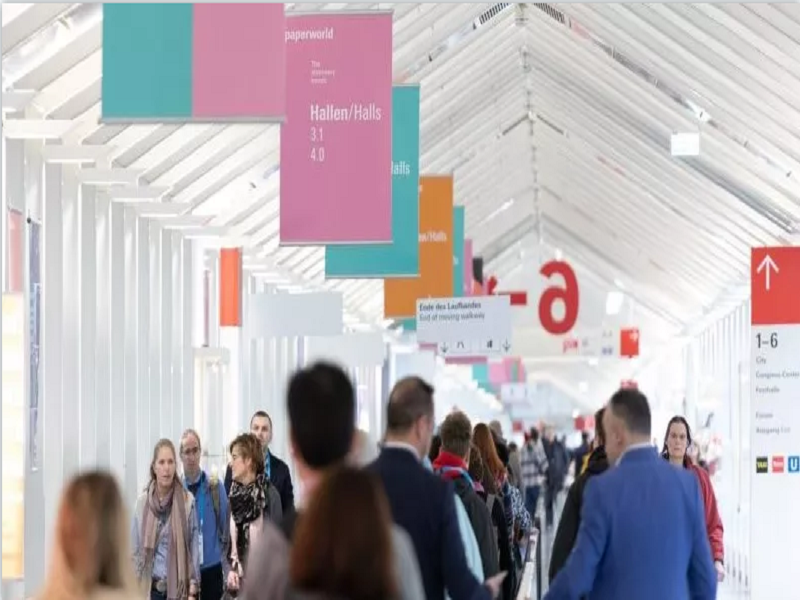
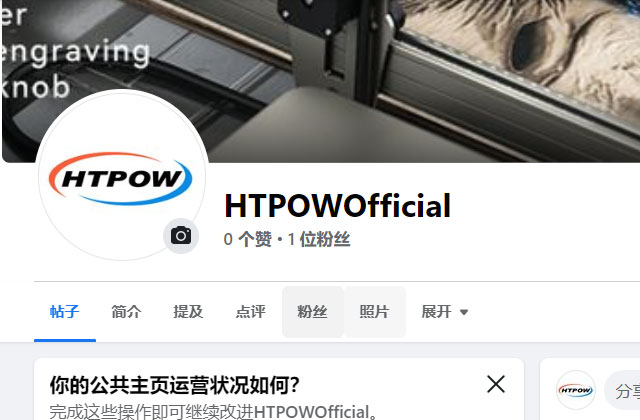

.jpg)
